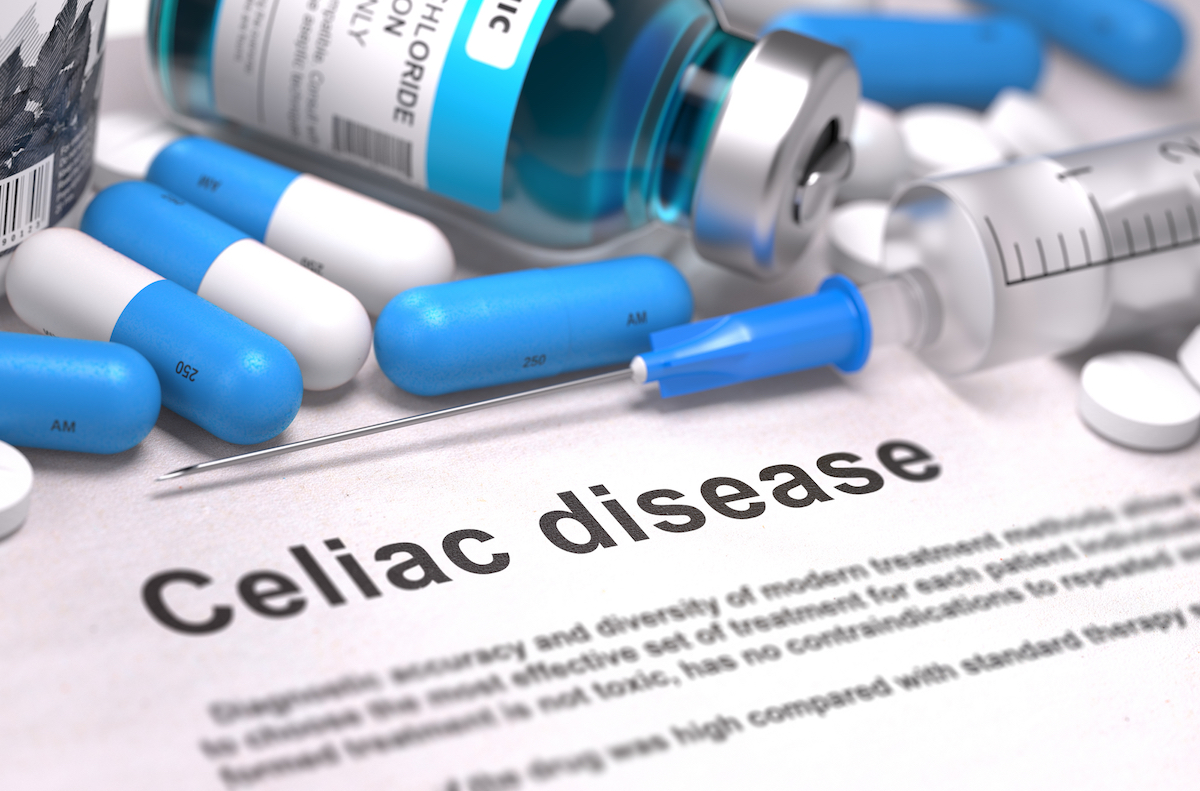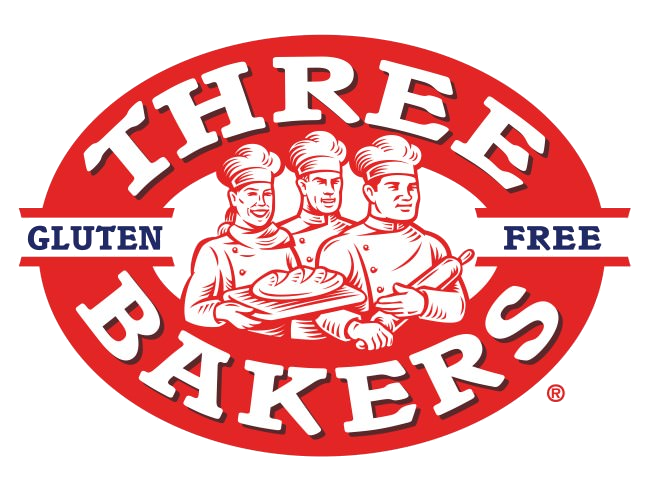- BY Susan Tucker
- POSTED IN Information
- WITH 0 COMMENTS
- PERMALINK
- STANDARD POST TYPE

Though currently, the only treatment for celiac disease is a diet that is 100% gluten-free, there is hope on the horizon for a new treatment that could help those afflicted have a better tolerance for wheat substances.
New Treatments for Celiac Disease
Anyone who has been diagnosed with celiac disease has a keen awareness of the ramifications of consuming gluten in any form, whether intentional or by accident. It can take days to begin the recovery process and longer to completely heal. The possibility of a treatment that will help is a very welcome thought for many.
Nexvax2
One treatment in review is a vaccine called Nexvax2. This vaccine, which is getting ready to enter phase 2 of clinical trials, is hoped to be a highly anticipated solution to the disease. The basic premise of the vaccine is that through a series of injections, a person with celiac disease will gradually gain a tolerance to gluten. This concept is similar to the treatment used to treat other allergies through allergy shots but would aim to turn off the body’s response to gluten.
There is still a long way to go to before this treatment will be approved but it has already been touted as the “holy grail” of celiac disease Treatment. Upon approval, this could change the lives of every celiac disease patient worldwide.
AMG 714
Another treatment that has received promising early results, is not a pill but an injectable called AMG 714. Believed to play a key role in inflammation of the gut, AMG 714 is an antibody that binds to IL-15 – a key driver in celiac disease. According to BeyondCeliac.org, “The drug was originally tested for safety in patients with rheumatoid arthritis and psoriasis. It worked well in clinical studies regarding inflammation in arthritis, leading to the idea that it might work in relationship to non-responsive celiac disease.”
Enzyme Therapy
Another focus in treating celiac disease has been to develop enzymes that can break down gluten before it can trigger an immune reaction. One such enzyme under development is Latiglutenase which would be administered as a tablet during mealtime. According to a recent article published on Celiac.com, “The idea is that a person with celiac disease would take an enzyme tablet with a meal. If the meal had mild gluten contamination, the enzyme’s two recombinant proteins would break gluten into fragments that are not toxic to the immune system, thereby preventing exposure and symptoms.”
There are pros and cons to using enzyme therapy. This approach can be attractive because physicians are familiar with using enzyme preparations to treat lactose intolerance and pancreatic insufficiency. However, it can be complicated because gluten must be completely prevented from interacting with the mucosa.
Gluten-free Diet
While not new, adhering to a strict gluten-free diet is the one tried and true method for treating celiac disease. Adopting a diet free from gluten involves elimination of the grains containing gluten, wheat, rye and barley, as well as food products and additives derived from them. And, while it sounds fairly straightforward, there is not a worldwide uniformity. Of the roughly 7-30% of celiac patients who fail to respond to a gluten-free diet, the main cause it usually inadvertent ingestion of gluten.
If you, or someone you know, have been recently diagnosed with celiac diease, we invite you to explore our plethora of resources:
- Celiac Disease 101
- Five Ways to Be Supportive of Someone With Celiac Disease
- Celiac Disease Research: Your Role is Bigger than You Think
Get more great tips, tricks and resources when you subscribe to our not-too-frequent newsletter by clicking the link below.
Disclaimer: This information is not intended to treat, diagnose, cure or prevent any disease. All material provided on this Site is provided for information purposes only. Always seek the advice of your physician or other qualified health care provider with any questions you have regarding a medical condition, before undertaking any diet, exercise, other health program, or other procedure set out on this Site.


